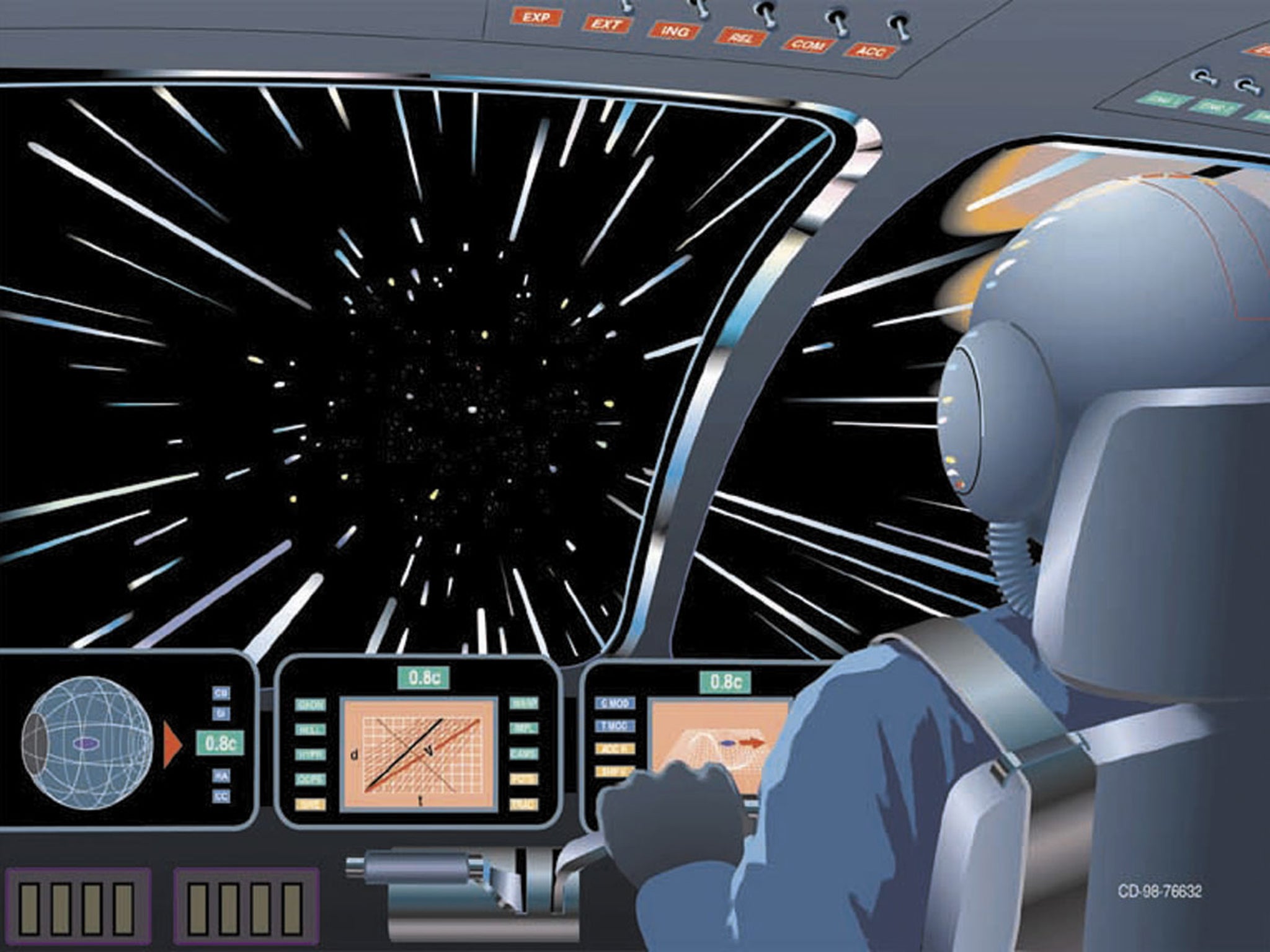Nasa: 'warp drive' thruster is being tested but hasn't worked – yet
Nasa has said that it is working on technology thought to the emDrive, but that it ‘has not yet shown any tangible results’

It sounds too sci-fi to be true: a fuel-free thruster system that could carry spaceships around the universe faster than light. And it probably is, at least for the time being, according to Nasa scientists.
Last week, excitement was stoked by a specialist forum that Nasa was working on an emDrive — a British invention that uses microwaves to push through space without the need for conventional fuel. But while Nasa has said that it is testing similar technologies, it hasn’t actually had any practical success with them yet.
"While conceptual research into novel propulsion methods by a team at NASA's Johnson Space Center in Houston has created headlines, this is a small effort that has not yet shown any tangible results," NASA officials told Space.com. "NASA is not working on 'warp drive' technology."
What makes the emDrive so exciting but also impossible, according to many scientists, is that it would appear to violate central laws of physics. A ship with it attached would supposedly be able to travel so far through the universe because the engine generates more energy than it uses — violating the law of conservation of energy, which says that energy can’t ever be created.
Some tests claim to have shown that the energy can actually do what it says it can, which have been claimed to show that the planned technology could be viable. But scientists say that quirks of the test — like leaks in the testing chamber or the effect of the Earth — could have been responsible for the unusual results.
The results haven’t yet been submitted for peer review, as scientific findings usually are, so researchers outside the Nasa laboratories that have tested the drive don’t know exactly what happened there. Many of those involved in the plan did not respond to requests for comment from Space.com.
But researchers point out that in other tests, the results have been very close to those that might be seen with random chance. The power that has been generated in the rumoured tests is very low, and almost as small as the margin for error, which could mean that the promising results are really the outcome of inaccurate measurements.
Subscribe to Independent Premium to bookmark this article
Want to bookmark your favourite articles and stories to read or reference later? Start your Independent Premium subscription today.

Join our commenting forum
Join thought-provoking conversations, follow other Independent readers and see their replies